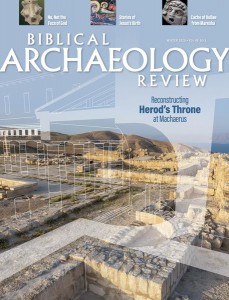
Whenever I visit my dad’s grave at Fort Snelling, Minnesota, I inevitably find myself comparing the headstones there to inscriptions from the Jewish catacombs in Rome. On the one hand, the uniformity of headstones at national cemeteries is in marked contrast to catacomb inscriptions, whose quality, shape, and material vary widely. On the other hand, I find the relatively limited range of imagery and sentiments in each to be strikingly similar.
The U.S. Department of Veterans Affairs gives loved ones a selection of 74 “emblems of belief” that can be used on government markers, but in the immediate vicinity of my dad’s grave, only a handful are represented. Calculating how many times each of these symbols, the phrase “beloved father,” or a quotation from the Bible are found on the graves at Fort Snelling might tell us something interesting about the people buried in a national cemetery in Minnesota. Similarly, examining the frequency with which certain elements appear in the Jewish inscriptions can tell us about the Jews of ancient Rome.
More than 600 ancient Jewish inscriptions have been identified from the city of Rome, the vast majority coming from funerary contexts. Epitaphs, or tombstone inscriptions, offer glimpses of people whose names would otherwise be lost to time. In many cases, the deceaseds’ names are all we know, such as this woman buried in the Monteverde catacomb: “Here lies Ioulia Sebera” (CIJ 352).1 This inscription, like nearly 73 percent of the Jewish epitaphs from Rome, was written in Greek.
Already a library member? Log in here.
Institution user? Log in with your IP address.

